Tax Tactics: Spring 2017
Watch Out for the Alternative Minimum Tax
The IRS designed the alternative minimum tax (AMT) to prevent the wealthy from exploiting certain tax breaks to avoid paying their fair share of taxes. Today, however, the AMT ensnares an increasing number of middle-class and upper-middle-class taxpayers. As the end of 2016 approaches, it’s a good idea to assess your potential AMT exposure and consider planning strategies that can reduce or eliminate the tax.
What’s AMT?
Essentially, the AMT is a parallel tax structure with its own set of tax rates, deductions, credits and exemptions. Each year, IRS rules require you to calculate both your AMT liability and your regular tax liability and pay the one that’s higher.
If you pay AMT, you may be entitled to a credit you can use to offset regular taxes in later years when you’re no longer liable for AMT. Generally, the rules limit the credit to the amount of AMT generated by deferral items (exercising incentive stock options), and not exclusion items (state and local taxes).
How Do You Determine AMT Liability?
Calculating AMT is a three-step process:
- Determine your alternative minimum taxable income (AMTI) . Do this by making certain adjustments to your regular taxable income and adding back certain “preference items.” Preference items that commonly trigger AMT liability include:
- An unusually high number of personal exemptions,
- Substantial state and local income, property or sales taxes,
- Deductible mortgage interest on a loan used for something other than acquiring, constructing or improving a principal residence (such as a home equity loan used to buy a car),
- Tax-exempt interest on municipal private activity bonds,
- Exercise of incentive stock options (the spread between market and exercise price is a preference item),
- Certain accelerated depreciation deductions,
- Substantial miscellaneous itemized deductions, and
- Deductible medical expenses for individuals who aren’t at least 65 at the end of 2016, or joint filers where neither spouse has reached 65 by the end of 2016.
- Subtract your AMT exemption amount . For 2016, the exemption is $53,900 ($83,800 for married couples filing jointly). However, the IRS reduces this amount by 25% of the amount by which your AMTI exceeds a specified threshold — currently, $119,700 for individuals and $159,700 for joint filers. In other words, the exemption disappears after your AMTI hits $335,300 for individuals or $494,900 for joint filers, increasing the risk that you’ll be liable for AMT.
- Apply AMT tax rate if applicable . If the amount calculated in Step 2 is greater than zero, multiply it by the AMT tax rate — for 2016, 26% of amounts up to $186,300 ($93,150 for married individuals filing separately) and 28% of amounts in excess of that threshold.
What About Planning Strategies?
If you expect your AMT to be higher than your regular tax in 2016, there may be opportunities to reduce your AMT liability. This includes:
- Deferring state taxes or other expenses that aren’t deductible for AMT purposes,
- Postponing the exercise of incentive stock options,
- Investing in tax-exempt municipal bonds other than private activity bonds, and
- Paying off home equity loans.
Also, consider strategies for reducing your income to avoid the AMT exemption phaseout. This can include increasing your tax-deductible contributions to 401(k) plans or other retirement plans, or postponing recognition of large capital gains or qualified dividends. Note that capital gains and qualified dividends are entitled to preferential tax rates under AMT, just as they are under the regular tax regime. But they still count as income for AMT purposes, so they can push your AMTI into exemption phaseout territory, increasing your AMT liability.
Estimate Your AMT Liability
If you think you may be at risk for AMT, ask your tax advisor to do a preliminary assessment. If AMT liability is likely, you still have time to implement the planning strategies discussed in this article.
© 2017
This material is generic in nature. Before relying on the material in any important matter, users should note date of publication and carefully evaluate its accuracy, currency, completeness, and relevance for their purposes, and should obtain any appropriate professional advice relevant to their particular circumstances.
Share Post:









